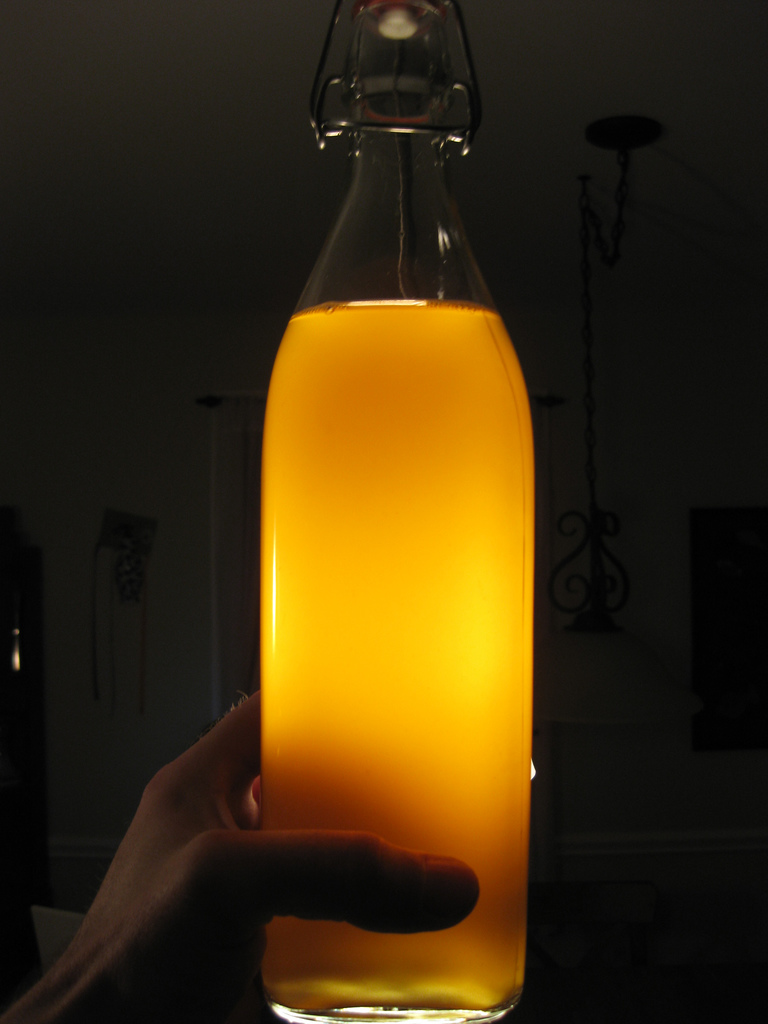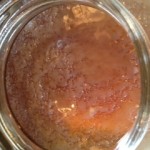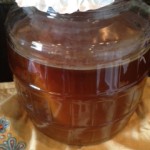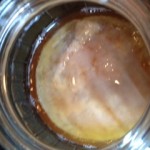Friends and family are always asking me for recommendations about how to improve their health. While I want to be helpful by provide that life changing, magic answer, what I try to remind people is that it is often the little things they do on a daily basis that make the most difference. For most people, just making some small changes can pay big dividends for their health. Here is a list of five changes I would recommend to almost everyone to help optimize their health.
- Eliminate or minimize processed food. I know most people are VERY busy and have a million different balls up in the air and prepackage food can be easier and quicker to get on the table, however, with very few exceptions, fresh, whole, unprocessed food is a much better choice. When you eat food in its whole form, you are consuming it the way nature intended, with the vitamins and minerals in the proper ratios and you know exactly what you are getting. There is no guesswork about what is in an apple but often when I read the ingredient list on processed food, I have no idea what some of the ingredients are. You would never pick up a mystery substance off the ground and put it in your mouth, so why would you do it just because it is in a “food” box?
- Add a walk after dinner. Introducing a walk after dinner will help you reach the recommended goal of 30 minutes of exercise most days. It will also help with digestion before bedtime and offers an excellent opportunity to reconnect with your family or friends after a hectic day.
- Add just one serving of vegetables a day. Most people fall well short of the recommended 5-13 servings of fruits and vegetables a day. Trying to reach those recommendations may seem daunting but if you break it into smaller pieces it becomes more attainable. Start with adding just one extra serving per day. After a week, add another serving. Continue with this approach until you have reached the recommendation. Within a relatively short period of time, you will be reach the daily goal!
- Use olive oil instead of fat free dressing. Summer is the perfect time to load up your plate with vegetables to create a pleasing salad. However, if you choose to use a fat free dressing, you may be missing the vitamins and minerals those vegetables offer. Fat soluble vitamins like Vitamin A, E, D and K require fat to be absorbed. If you don’t consume these vitamins with some fat, your body will not be able to assimilate them. Using equal parts heart healthy olive oil and balsamic vinegar as your dressing will help your body assimilate all those valuable vitamins.
- Ditch the diet soda. Or any other drink made with artificial sweeteners. Some studies have shown that artificial sweeteners cause a spike in insulin levels. Research has also demonstrated daily consumption of diet drinks was associated with a 36% greater risk for metabolic syndrome and a 67% increased risk for type 2 diabetes. Drink plain water or try some of these recipes for infused water. Herbal tea, kombucha, water kefir or fermented sodas are all also good choices.
There are so many different small changes you can make to improve your health. These are just a few suggestions to get you started. What is a small change you have made that has made a big change in your life?
Shared with Allergy Free Alaska, Epic Mommy Adventures, Richly Rooted, Adorned From Above and Real Food Forager.





